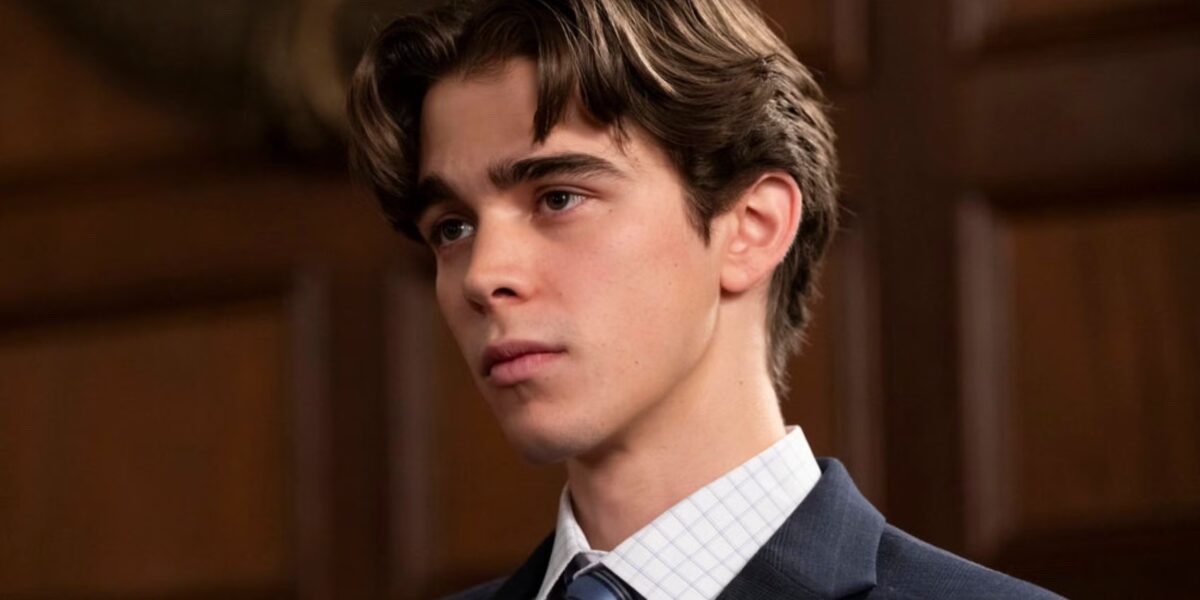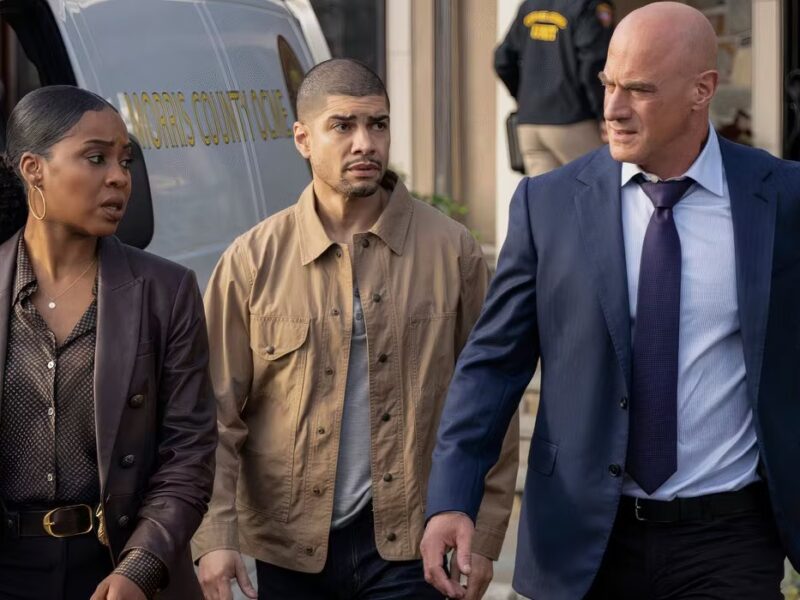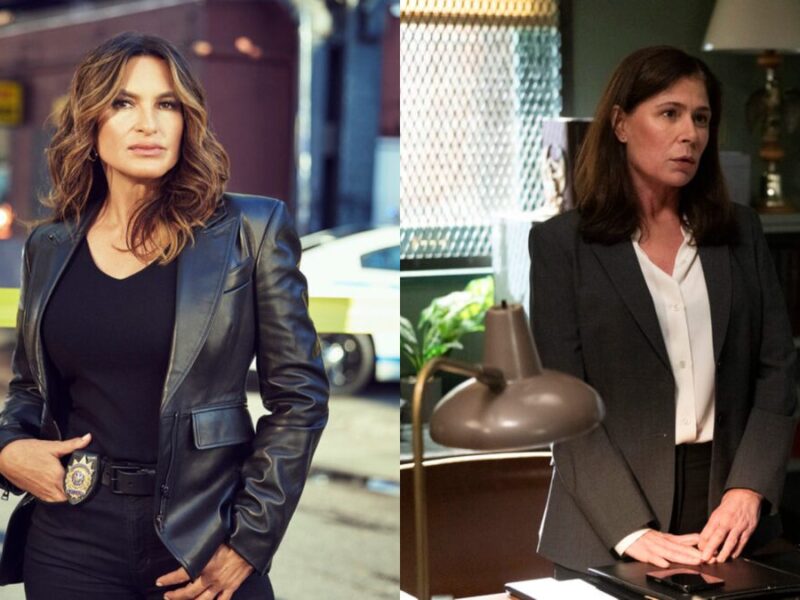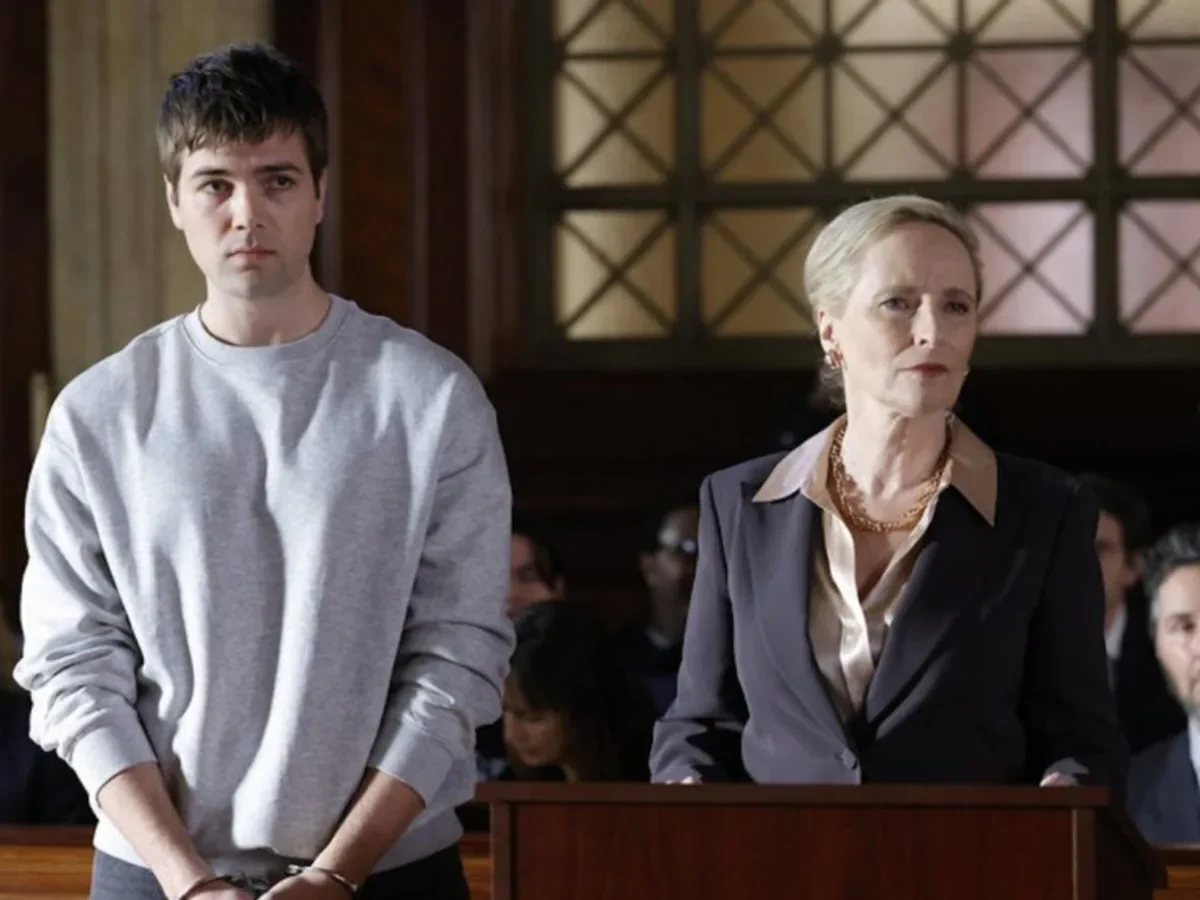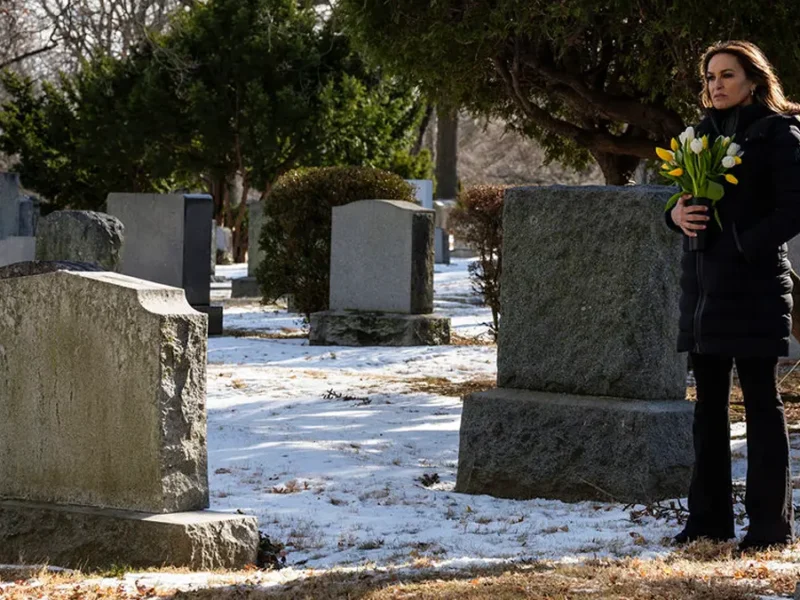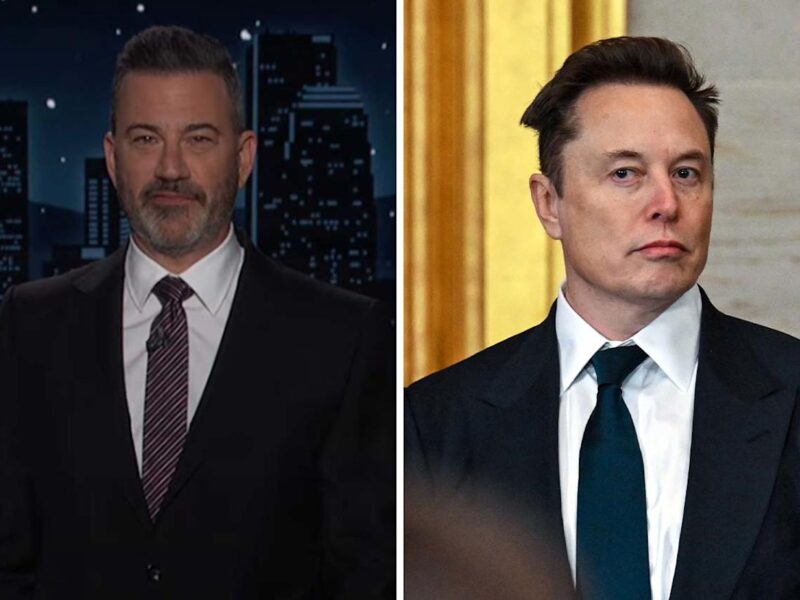In a powerful callback to what made the show a cultural force, Law & Order: SVU brings back one of its most potent elements: moral ambiguity in courtroom drama. Episode 15, titled “Undertow,” marks a return to the core legal procedure that turned this series into one of television’s longest-running and most beloved franchises. The episode throws viewers into a tangled situation that resists easy judgment or resolution.
Unlike more recent entries focused solely on victims’ trauma or the romantic entanglements of its protagonists, “Undertow” revives the classic dual-format split between investigation and trial. According to Screen Rant, this episode is “one of the best in Season 26” for its bold tackling of real-life legal dilemmas where justice isn’t black and white.
A Case with No Clear Perpetrator
At the heart of the story is Stacey (played by Marilyn Caserta), a woman who storms out after an argument with her husband, drinks heavily, and ends up having a one-night stand with Ryan (Billy Keogh), a teenager who appears to be older. But Ryan is just 16. When his stepmother files statutory rape charges, a legal firestorm erupts, challenging conventional ideas of guilt.
Stacey’s defense hinges on two crucial claims: her ignorance of Ryan’s age and the possibility that she was drugged with MDMA — a substance Ryan admits to having in his possession and possibly putting into the alcohol. This revelation turns the case into a moral puzzle. As Carisi (Peter Scanavino) states, ignorance of age isn’t a legal defense, but the surrounding context complicates the narrative.
The episode effectively questions the justice system itself, asking whether the context should matter when evaluating criminal responsibility. The jury is deadlocked, leading to a mistrial that leaves viewers with more questions than answers.
The Legal Drama Is Back — and It Works
For years, SVU has faced criticism for drifting from its procedural roots, focusing heavily on the emotional arcs of its lead characters. Particularly, the will-they-won’t-they tension between Benson and Stabler has overshadowed the courtroom stories that originally defined the series. “Undertow” skillfully steers the show back on course.
The episode revives the traditional structure that balances intense police investigation with gripping legal drama. As noted by Screen Rant, “the strength of the courtroom scenes makes it clear that this aspect of the show has been missing for far too long.” The seamless transition between the precinct and the courtroom provides a rhythm that keeps audiences hooked.
This back-to-basics approach proves the series can still deliver powerful stories without leaning on sentimental subplots or overt messaging. Instead, it paints in shades of gray, showing characters grappling with the tension between legality and morality.
Ambiguity as Narrative Fuel
What makes “Undertow” unforgettable isn’t just its content but how it’s told. Ambiguity, once a hallmark of SVU, returns as the narrative engine. This isn’t a case with a clear villain and victim — it’s a scenario where every character has blurred lines.
The viewer is challenged to reconsider notions of consent, culpability, and justice. That’s exactly what SVU excelled at during its most impactful seasons. When moral lines blur, storytelling becomes more engaging and thought-provoking.
Episodes like this linger long after the credits roll because they provoke reflection and conversation. In a media landscape often dominated by easy answers, “Undertow” is a strong reminder of why SVU remains essential television.

Open your account on Disney+ and you will have access to movies like Spiderman, Lightyear, Cruella and Pinocchio. You can also watch Star Wars series like The Mandalorian, Andor and The Book of Boba Fett.
